Family campsite 4* Les Deux Vallées in Périgord Noir
Family campsite 4* Les Deux Vallées in Périgord Noir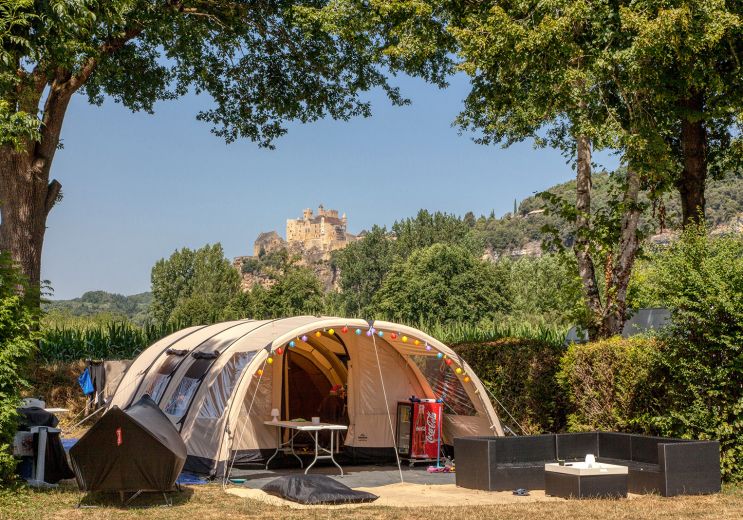
Vézac
Rest and relaxation

Vézac
Rest and relaxation

1,9 km - Cénac et Saint Julien
Sport

1,9 km - Beynac et Cazenac
Not to be missed

1,9 km - Beynac et Cazenac
Sport
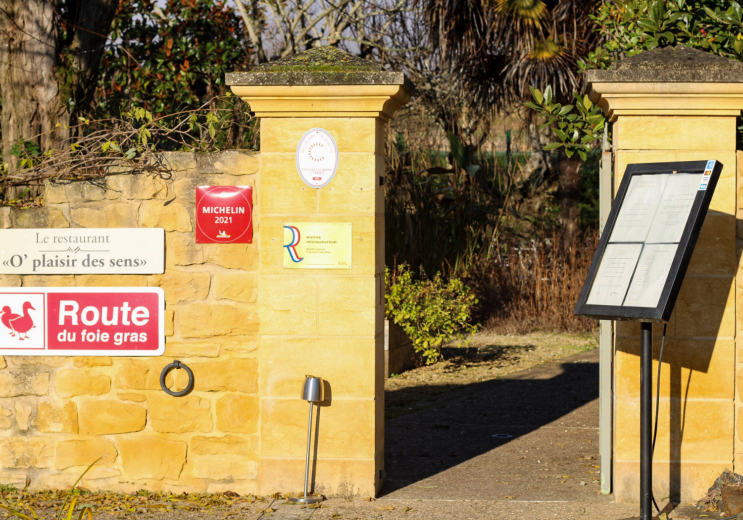
2,2 km - La Roque Gageac
Food Lover
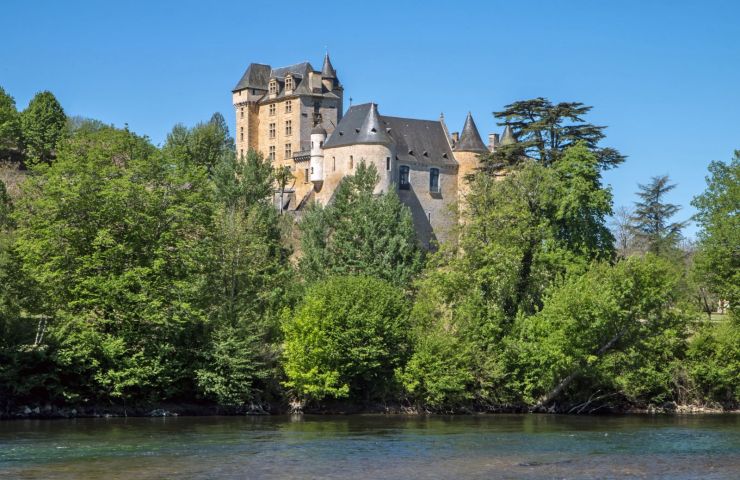
The Château de Fayrac is a private château in the Périgord Noir, on the banks of the Dordogne, just outside the ...
1,6 km - Castelnaud la Chapelle

WELCOME TO BEYNAC CASTLE THE MOST AUTHENTIC FORTIFIED CASTLE OF PÉRIGORD! Standing at the top of a vertiginous ...
1,6 km - Beynac et Cazenac
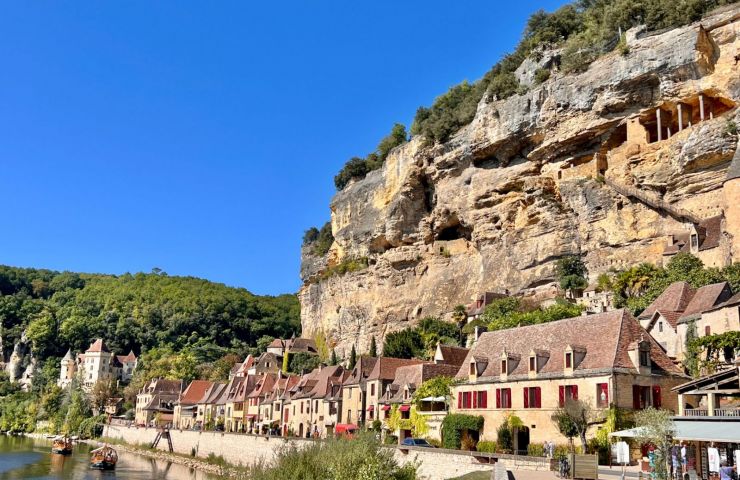
1,7 km - La Roque Gageac
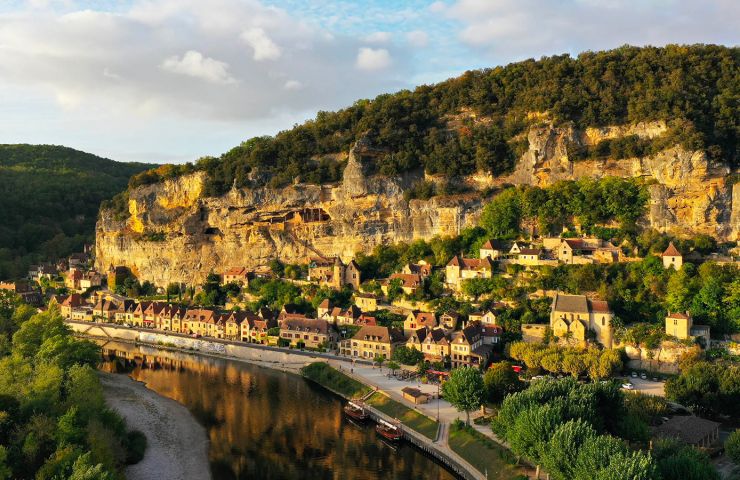
It is an exceptional site, near Domme, Sarlat and Beynac. Nestled at the foot of the cliff which overhangs all its ...
1,7 km - La Roque Gageac
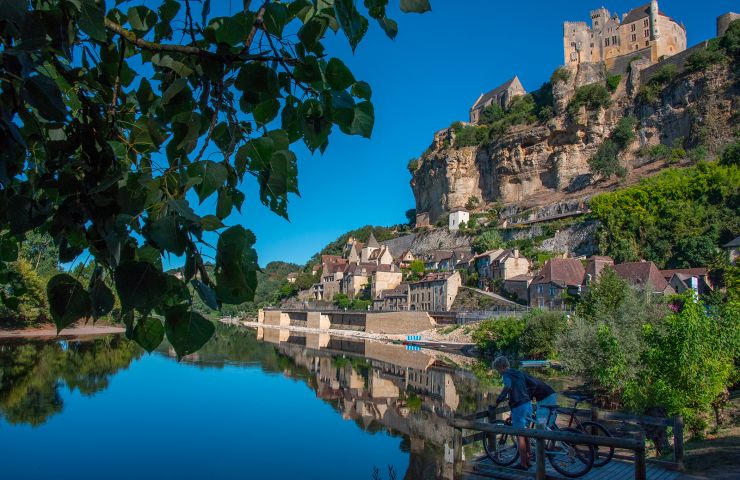
A wonderful site, certainly one of the most remarkable in Périgord and one of the most beautiful villages in France ...
1,8 km - Beynac et Cazenac